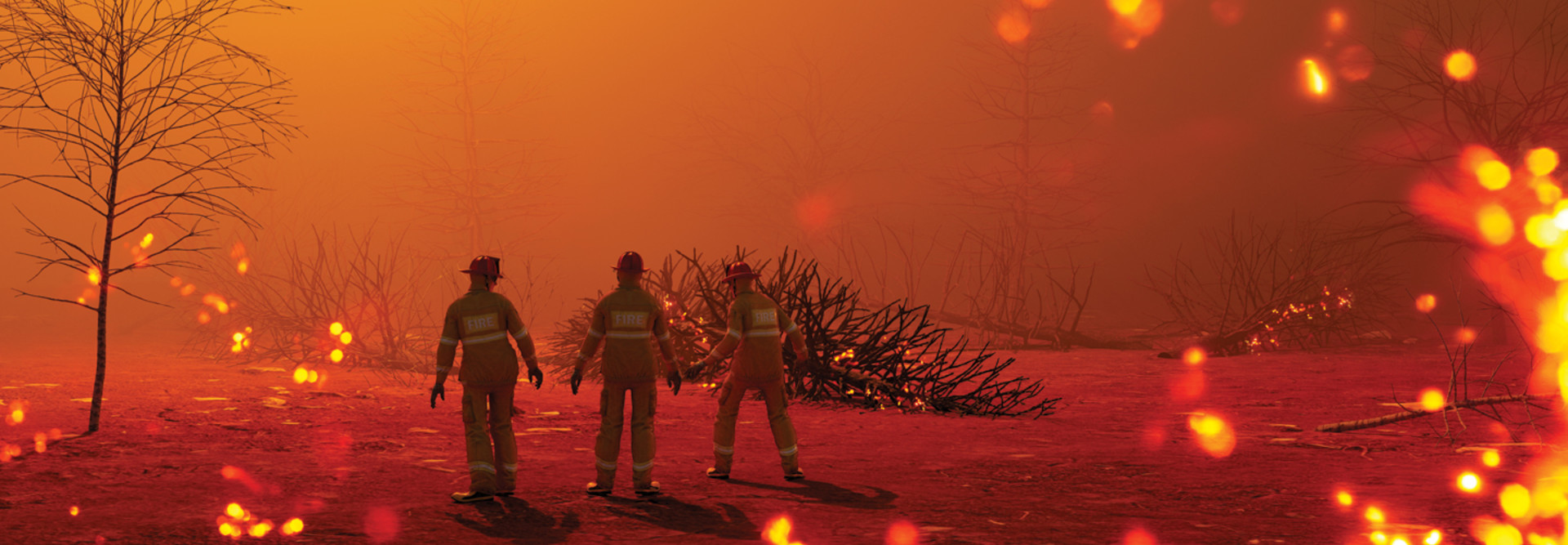NIST Sees Potential in AR Solutions for Public Safety
“IoT contestants will emulate accurate smart city and public safety personal area network data by first determining which sensors that would be most useful for first responders and then creating data transmitters of the sensor data based on the provided emergency scenarios,” NIST says.
“The top selected data streams, developed by IoT contestants, will serve as a core data infrastructure for high performing AR contestants at a final live event competition at a public safety training center,” NIST adds.
Scott Ledgerwood, UI-UX lead in the public safety communications research division at NIST, tells Federal News Network that the main way of interacting with head-up displays and holograms is going to be through an augmented reality headset.
“The augmented reality devices up until late have been pretty limited as far as displays and filtering,” Ledgerwood says. “So it was really kind of hard to see how this technology would play a role for public safety. However, we’ve seen some really great enhancements to the hardware over recent years. And it really looks like industry is pushing R&D in this space.”
Ledgerwood thinks there is going to be “a high likelihood that AR will be used as part of the public safety operations in the future.”
That includes, potentially, firefighters’ masks and other helmets first responders wear.
“I think that’s the hope, right,” Ledgerwood says. “So, in this challenge, we’re really trying to drive that initial content, and those initial applications to get that in front of the first responder community, and allow them to see the benefits and the potential impact of a technology like this.”
READ MORE: Find out how law enforcement can benefit from driver assist technologies.
In the long term, Ledgerwood says, the AR community needs to have a more user-centric design approach for developing different AR of headsets and head-up displays. They also need to become integrated into first responders’ personal protective equipment and be “conducive to their operations and then their environment.”
Currently, first responders’ interactions with mobile devices on the job require a great deal of finger swiping and interactions common to smartphone users, Dereck Orr, NIST’s public safety communications research division chief, tells Nextgov.
“And that is not the way we envision public safety interacting with the network in the future,” Orr says. “You don’t give a firefighter a cellphone that has maps of the building and expect them to walk into a building with their cellphone in their hand — they can’t see it in front of their face and they can’t touch it with a glove. A SWAT team member can’t be interacting with their cellphone either. They have their hands preoccupied with a rifle.”
Alison Kahn, an electronics engineer in the advanced communications research group at NIST, tells Federal News Network that the final submission “will actually be a piece of equipment, a transmitter that actually transmits the sensor data.” NIST is also asking contestants to help develop the sensor data.
How do they see it being portrayed in future smart city scenarios? “The frequency, the accuracy, the data types, we’re giving the IoT developers free rein to kind of imagine the emergency sensor data, how they see it in the future,” Kahn says. “So they will be developing the data and then utilizing small hardware to transmit that sensor data. And hopefully that will eventually in the final be a component that the AR developers can utilize to display mission critical tasks for the first responders.”











